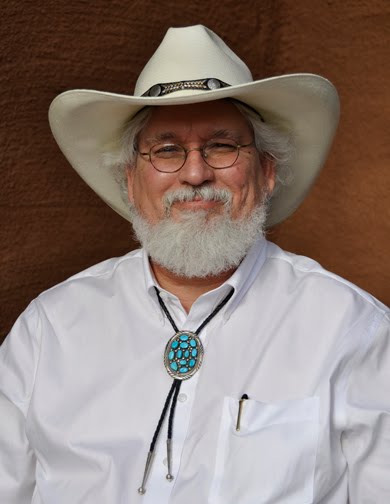 from the Collection of the Denver Public Library, taken 1880-1900 (click for enlarged view)
from the Collection of the Denver Public Library, taken 1880-1900 (click for enlarged view)I have always lamented the loss of the long vanished view of the Zuni Pueblo in the heyday of its bold grandeur and character. Actually, I've even avoided Zuni for the most part for several reasons. It's not really in any crossroads area. The jewelry for sale there is pretty much identical to that found in Gallup. The village itself is not picturesque. If the adobe structures, including the very popular hornos (outdoor ovens) were to be extracted along with the Indian Arts building on the main street through town, the community would be very comparable visually to mainstream rural America: prefab homes, double wides, trailer homes, panel sided structures, many cars, a cross-studded graveyard, and a few scattered brick, mortar, and stone houses, etc.
My overnight trip to Zuni from exit from my front door to return was only 19 hours, but I have to say it was one of the top ten trips of my life. What happened? I've for years appreciated the amazingly beautiful and intricate jewelry that the Pubelo is admired for throughout the world, but until yesterday I'd never seen the inner beauty of the community. My vision yesterday was probably as brilliant as that of the large-format exploratory photographers and adventurous anthropologists of the late 19th century. The essential ingredient of my mystical view was the rain-dance performed as it has been for hundreds of years in the plaza, the very plaza where the people are standing in the vintage photo above. The pueblo is now less adobe, much of it machine cut stone, and at best it is only about 4 stories high. Nonetheless, I stood spell bound on the roof along with my good Zuni friend, a famed jeweler, Ruddell Laconsello, and witnessed a moving cultural and religious rain-dance ceremony. It was there and then that I finally saw the glorious light of Zuni, both past and present!

